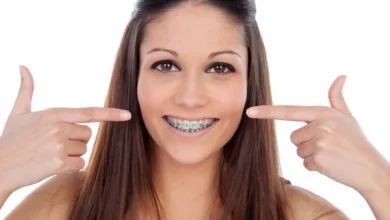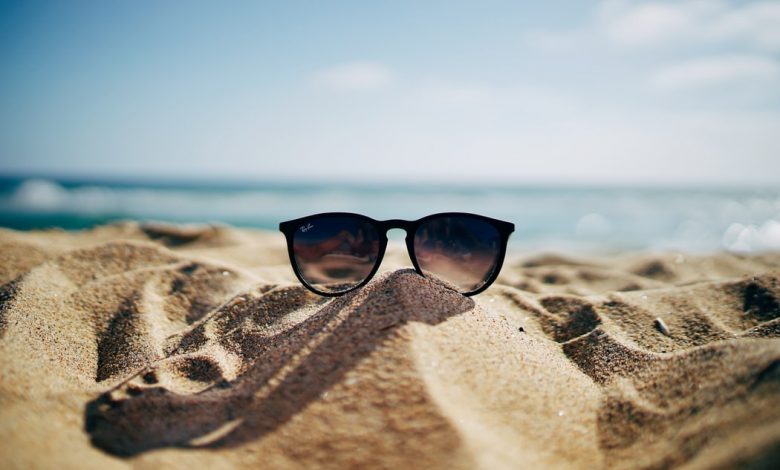
Summer brings sunshine, and with the sunshine comes ultraviolet (UV) radiation exposure and white-hot glare. If you’re looking for a new pair of sunglasses, consider eye protection and comfort, not just-style.
It’s crucial to find the right sunglasses because all of them do not provide the same level of protection. According to certain studies, high-energy UV photons from the sun can cause visual damage later in life. Excessive UV exposure can harm the macula, a tiny spot at the back of the eye that aids in transmitting images to the brain. If you have light-colored eyes, you are in the greatest danger.
Read this article to know about the importance of UV protection in sunglasses and which pair you should pick for maximum sanctuary.
What is ultraviolet light (UV), and how does it hurt the eyes?
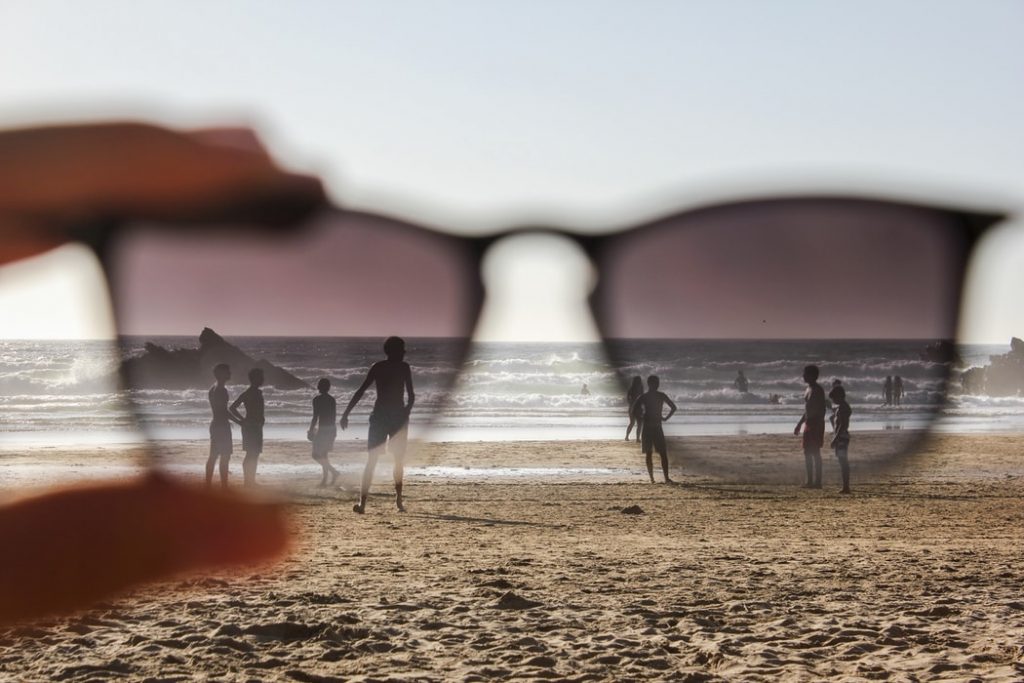
UVA and UVB radiation are present in the sunshine that reaches humans. The first is the most common and has been related to cataracts and macular degeneration, while the second helps us get more vitamin D but is also the leading cause of sunburn.
Sunglasses are necessary because both are hazardous to our eyes. It’s critical to verify the UV rating next time you buy a new pair of sunglasses, in addition to determining the shape and lens that best suit your face.
UV rays are present all year, even on the cloudiest days. And anywhere UV rays are present; significant eye injury is a possibility. Excess UVA and UVB radiation can cause macular degeneration, cataracts, and abnormal growths in your eyes, as well as impairing your cornea and damaging your retina. Not to scare you, but you could get entirely blind in the most severe circumstances.
What is UV Protection, and How Does It Work?
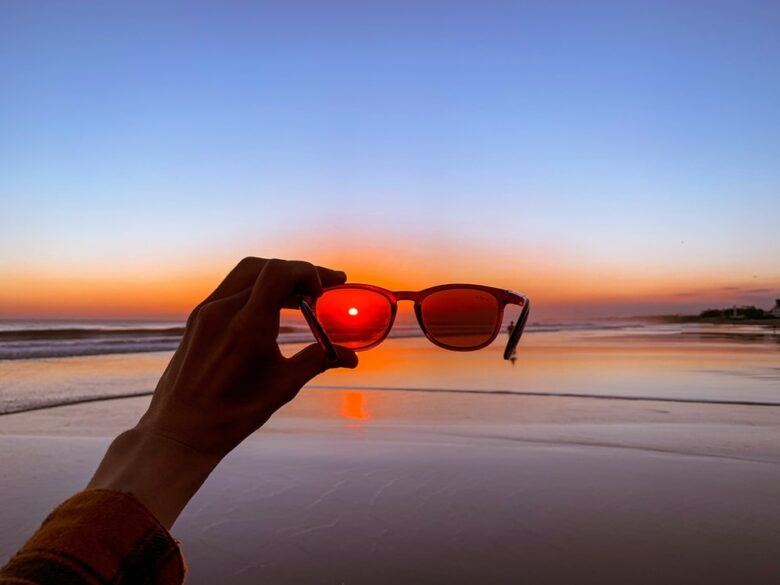
A majority of individuals understand that ultraviolet radiation is unpleasant and deadly. One of the main reasons we put on sunscreen and wear protective eyewear in the first place is to avoid being sunburned.
To put it another way, UV light is a specific wavelength of radiation that is particularly harmful to our skin and eyes. It also has a wavelength that is longer than that of visible light. One of the most hazardous aspects of UV rays is that we can’t see them, which means we don’t always realize they’re there until the damage has already been done.
In this context, “UV protection” refers to the ability of a pair of sunglasses to block ultraviolet light successfully. UV filters, which are applied to lenses as a treatment or coating, help people shield against this harmful wavelength. Polycarbonate lenses, on the other hand, have built-in UV protection. The purpose of these ultraviolet filters, in either case, is to absorb dangerous rays and stop them in their tracks before they can do damage to your eyes.
Anti-UV sunglasses, such as those supplied by otticait.com, can block almost all the ultraviolet rays they come into contact with—roughly 99 to 100 percent. If you’re looking for sunglasses, be sure they have a UV rating of 400 or above.
Why is UV protection necessary?

The sun’s UV radiation causes cumulative damage to your eyes and skin, which means your risk of getting sun- and UV-related eye and skin problems will increase over time.
Because children spend more time outside than adults, they are more vulnerable to sun damage. Children’s eyes are also more susceptible to injury than adults’ since their lenses are more translucent. UV rays can enter deeper into their eyes as a result.
However, because damage from UV exposure as a youngster may not manifest until your 40s (or later), it’s critical to wear UV 400 sunglasses all your life to protect your eyes from irreversible damage.
What UV protection should sunglasses provide?

The greater the rating, the better, so seek for UV 400 sunglasses, which offer nearly 100 percent protection against harmful ultraviolet light rays.
UV 400 lenses filter out wavelengths of up to 400 nanometers. They also block out 75 to 90 percent of the sun’s visible light, which passes through the Earth’s atmosphere and reaches your skin and eyes as UVA and UVB rays.
This high level of sun protection is vital because if you don’t wear the right sunglasses, your risk of developing eye disorders like macular degeneration, cataracts, and photokeratitis will increase more quickly over time.
How effective are polarized sunglasses at blocking UV rays?
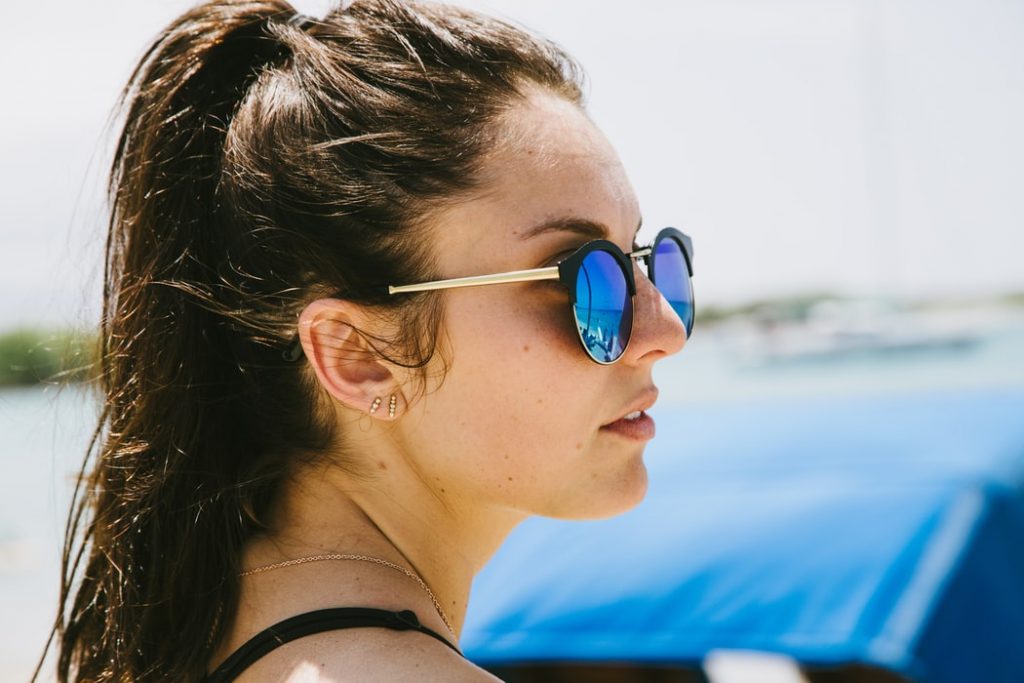
While polarized sunglasses can help shield your eyes from glare, they don’t always provide the best protection from harmful UV rays. That’s why most sunglasses combine polarized lenses with UV protection.
Polarized sunglasses operate by using a specific filter to minimize glare caused by bright light reflected off objects such as water and snow.
Polarized sunglasses are frequently advised for water sports and winter activities because they aid and improve visibility and reduce glare irritation.
However, while polarized sunglasses might help protect your eyes from blinding glare, they don’t necessarily provide the best protection from UV radiation.
Many less expensive polarized sunglasses, for example, do not offer adequate UV protection. When shopping for polarized sunglasses, seek for a pair that says UV 400 or 100 percent UV protection.
Polarization Vs. UV Protection
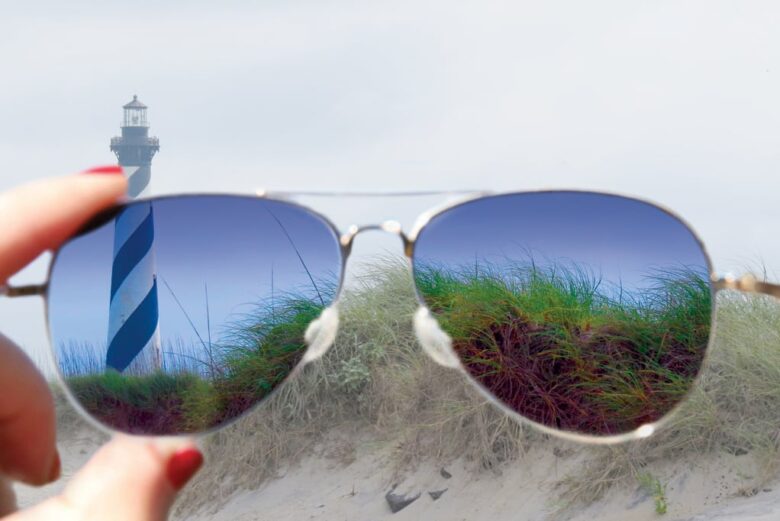
Polarization refers to the ability of a pair of sunglasses to filter out horizontal light waves, reducing glare and reflections. Increased color brightness, more dramatic contrast, and improved eyesight clarity are all the benefits of sunglasses that most people overlook or did not know until now.
On the other hand, UV protection refers to a pair’s ability to absorb harmful UV rays, ensuring that your eyes are protected from long-term damage caused by excessive exposure.
What is the most important takeaway? Polarized shades aren’t available in all UV-blocking colors. And just because a pair of sunglasses is labeled as “polarized” doesn’t mean it offers adequate UV protection—always look for the 100 percent UVA/UVB sign on the label.
Conclusion
Some individuals focus on looks rather than sun protection when searching for sunglasses. However, it is highly advised that you seek the UV protection label the next time you go sunglasses shopping.

